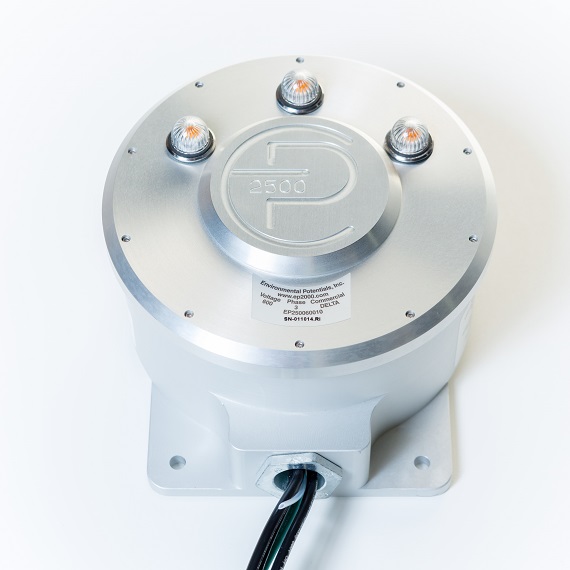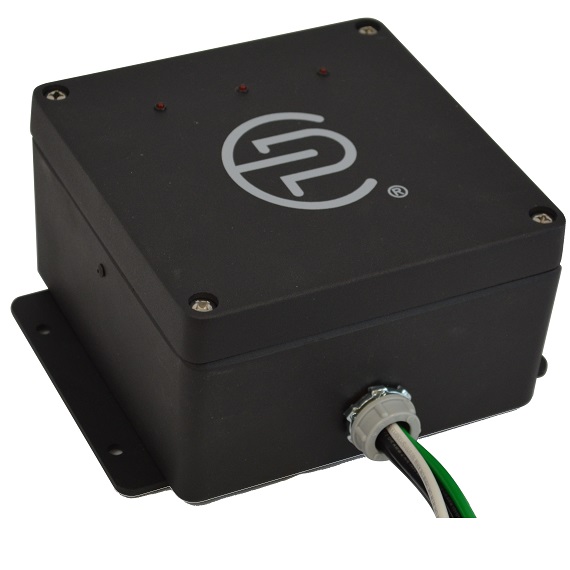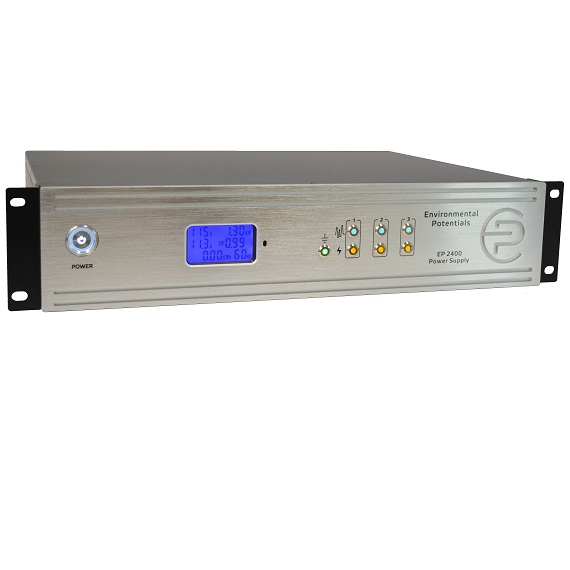Data Center Protection
- Home
- Data Center Protection
Data Center ProtectionSurge Protection and Waveform correction
Depending on the geographical location, datacenters spend an average of 40% of their annual overall operating costs towards their power bill and 40% on their maintenance and other expenditure (*US chamber of Commerce Technology Engagement Center). The power bill and the maintenance costs are huge factors that affect the profit-maximizing conditions of the data center. The data center needs to reduce its maintenance costs and reduce its power bills to gain more profits.
The data center consists of non-linear loads:
More than 90% of the electrical loads in the data center are nonlinear. A load is said to be nonlinear when it draws non-sinusoidal currents for its operation. Examples of nonlinear loads include UPS, lighting ballasts/drivers, PDUs, servers, chillers, VFDs, HVAC, and other computerized equipment. Nonlinear loads work on the principle of power conversion (AC-DC and then DC- AC). During this power conversion process, the device must generate and draw transients and high-frequency harmonics (HFH) from the mains. The compound effect of nonlinear waveforms along with the transients causes significant power quality issues.
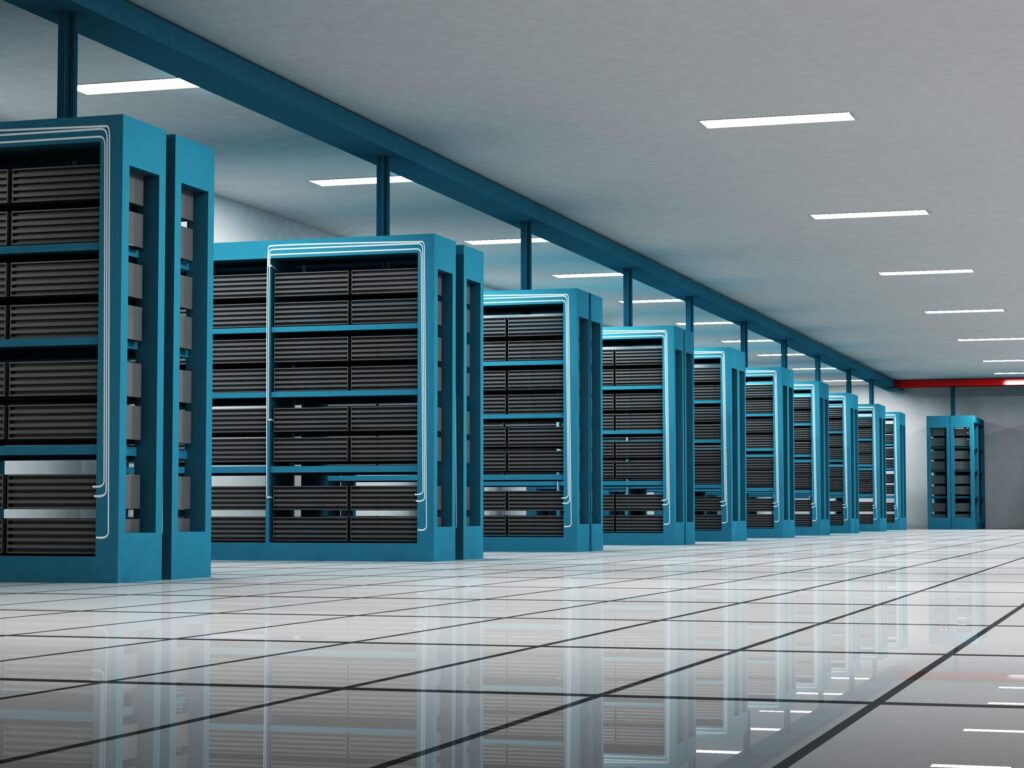
Four critical power quality issues:
The most common power quality issues due to high-frequency harmonics (HFH) observed in the data center are:
- increased energy costs
- erratic behavior of the load
- increased maintenance/repair costs
- Early damage to the load
The research shows that only 47% of the total energy consumed in the data center is towards the server, network hardware, and power conversion. A significant share of 53% is towards cooling and lighting (M Dayarathna). Therefore, it’s essential to address the energy consumption on HVAC, chillers, and lighting to maintain good power quality in the data center. The erratic behavior of the load decreases the productivity and efficiency of the load. Random failure of the equipment increases the maintenance cost. The frequent replacement of the damaged equipment increases the capital investment or perhaps decreases the net profit of the data center. Those mentioned above four critical power quality issues need to be addressed for an efficient operation of the data center. The system needs to be assessed to understand the power quality before adding any mitigation effect. (Emerson, ABB, PageSoutherland, GE, IBM, EP, Eaton,AE, Schneider, Dell)
Cost of High frequency harmonics (HFH) in the data center:
When the HFH is not addressed correctly in the data center, it could cost a significant amount of capital on maintenance and repair/or replacement of the equipment. The data center has costly electronics loads that could not afford downtime due to its nature. The average downtime of data center equipment in the US is 86 minutes, resulting in an average cost per incident of about $690,200. This dollar amount did not include the loss of reputation and confidence. Excessive heat generated in the data center is one of the most expensive maintenance costs.
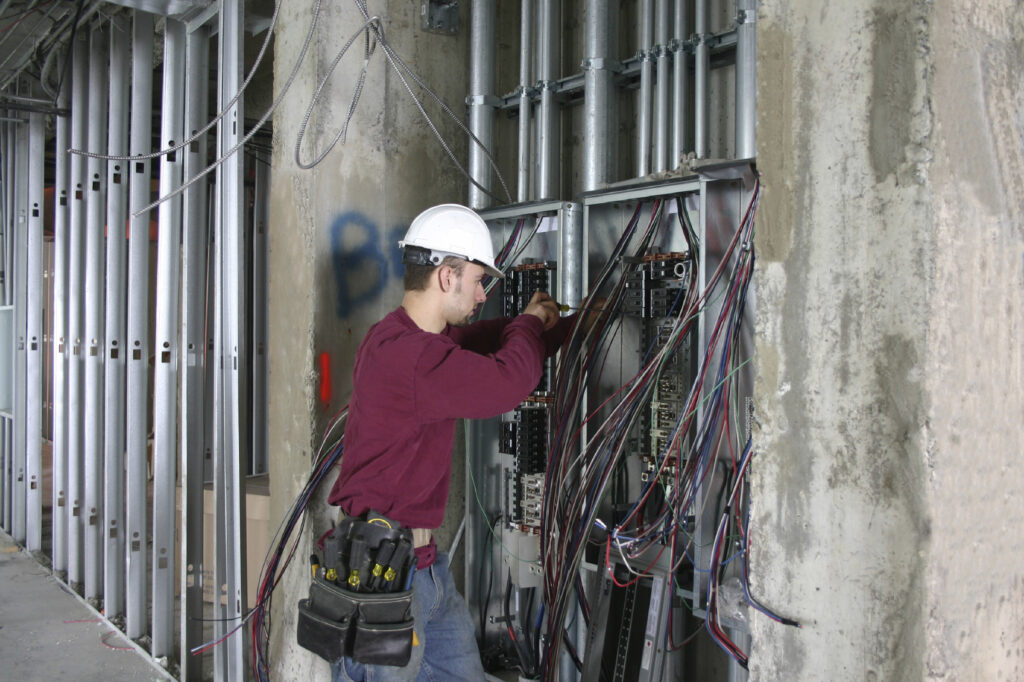
Temperature is the ENEMY
Excessive heat generated in the data center is one of the most expensive maintenance costs. It is reported that each one-degree raise on the thermostat would cost as much as 2% of the air conditioning costs. “10°C – twice law” states that the life of equipment decreases by half for every 10°C rise in temperature. Arrhenius law says that failure rate at a temperature below 30°C is very low; however, at 40°C temperature, the failure rate is 1. It increases ten times to close to 30 times when the temperature becomes 60°C, and at 80°C, it rapidly increases 100 times to 300 times. Therefore, excessive heat in the system is your power bill and the repair/replacement cost of the expensive equipment.
EP waveform correction filters can solve the problems:
85% of the electrical noise is generated inside the facility, while the rest of 15% comes from external sources such as lightning and power grid switching. Therefore, extra attention is needed on electrical equipment used inside the facility in removing the noise generated by them. An SPD installed at the main entrance of the building, or an isolation transformer is not a perfect solution to remove the internal electrical noise. It is necessarily required to protect all the loads at the sub-panel level. There is a myth that UPS is a power quality device – it is not. UPS is an excellent invention to back up the power, but it’s a typical nonlinear device, generating the nonlinear waveform in the facility.
U.S. data centers consume about 2% of the U.S. total electricity usage and are expected to grow by 4% by 2020. About only 50% of the energy is spent on I.T. equipment, while the maintenance of the I.T. equipment consumes the rest. The Electric Power Research Institute (EPRI) has determined that U.S. businesses lose between $119 billion and $188 billion per year because of poor power quality. Considering all this and as per the Green Grid recommendation, each subpanel should be covered with the waveform correction device that does not shunt energy into the ground.
Environmental Potentials, Inc. (E.P.) patented waveform correction devices combine SPD and low pass filters. SPD with an inbuilt tank circuit will quickly absorb the voltage transients in the system, while the low pass filter absorbs and remove the higher frequency noise in the system. E.P. units are widely installed in data centers and have shown significant improvement in power quality. The following pictures show the effectiveness of E.P. filters at a data center based in Chicago, USA.
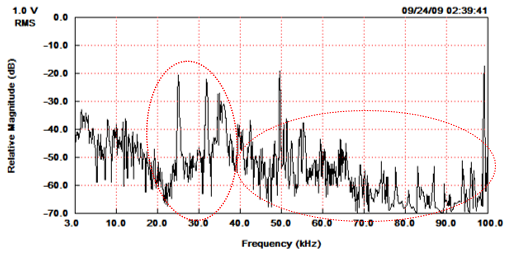
Before installing EP filters
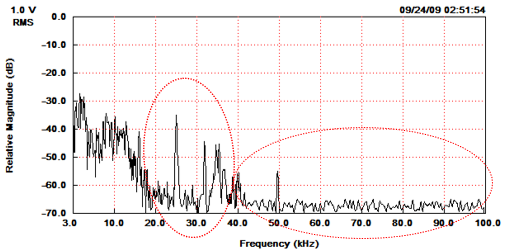
After installing the EP filters


